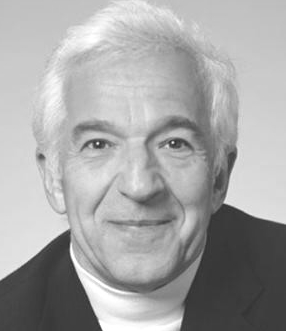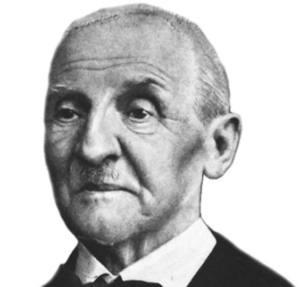REVIEW POTPOURRI: Vivaldi, Chopin and organ music
 by Peter Cates
by Peter Cates
Vivaldi
Various Concertos
Karl Ristenpart conducting the Chamber Orchestra of the Sarre; Nonesuch H-71022; stereo LP, recorded early 1960s.

Karl Ristenpart
Karl Ristenpart (1900-1967) was one of the most solid interpreters of Antonio Vivaldi’s music, along with that of Johann Sebastian Bach and others. He made a large number of recordings between the early-to-mid-’50s and his very sudden death from a heart attack on Christmas Eve 1967, during a tour with his Sarre players in Portugal.
Vivaldi wrote a huge quantity of music, also sustained by exceptional quality. There are five Concertos on the above album, the A minor and C Major ones for piccolo with Roger Bourdin; one also in A minor for violin; a D minor for two violins and an F Major for three violins, featuring the Sarre concertmaster Georg-Friedrich Hendel in all three works, Klaus Schlupp as second violinist in the D minor and F Major, and Hans Bunte in the F Major. The five Concertos are captivating, the performances top notch.
Some other recent listening experiences:
Chopin’s Opus 10 Etudes and F Major Ballade
Vladimir Ashkenazy, pianist; Hall of Fame, HOF 520, LP.

Vladimir Ashkenazy
The 82-year-old pianist Vladimir Ashkenazy is more active as a conductor for the last 30 years. This LP consists of recordings before the 1962 Second Tchaikovsky Competition, in Moscow, through which he shared first prize with the late pianist John Ogden. They have extraordinary intensity, virtuosity and color, compared to his later Decca/London recordings of the composer that were a bit more aloof .
The last of the 12 Etudes from Opus 10 (there is a later set, Opus 25), known as the Revolutionary Etude, comes from 1831 when the Russian army suppressed Poland’s revolution by attacking Warsaw. Chopin wrote, “All this has caused me much pain. Who could have foreseen it?” It was dedicated to Franz Liszt.
19th-Century Austrian Organ Music
Franz Haselbock, organist; MHS 1972, LP, released 1974.

Anton Bruckner
Side one of the above LP is devoted to the small number of organ pieces composed by Anton Bruckner (1824-1896), an organist himself, whose powerful nine symphonies are staples of the orchestral repertoire. The second side contains selected works of the lesser known organist, Simon Sechter (1788-1867), one of Bruckner’s teachers. This music, while not on the same level as Bach’s, is worthwhile and quite moving.
Franz Haselbock gave fine performances and wrote interesting liner notes. He played the Bruckner Organ of the Piaristenkirche, located in Vienna, Austria, and considered one of its finest. Built 1856-58, it was played by Bruckner several times; hence its name.
Responsible journalism is hard work!
It is also expensive!
If you enjoy reading The Town Line and the good news we bring you each week, would you consider a donation to help us continue the work we’re doing?
The Town Line is a 501(c)(3) nonprofit private foundation, and all donations are tax deductible under the Internal Revenue Service code.
To help, please visit our online donation page or mail a check payable to The Town Line, PO Box 89, South China, ME 04358. Your contribution is appreciated!


Leave a Reply
Want to join the discussion?Feel free to contribute!